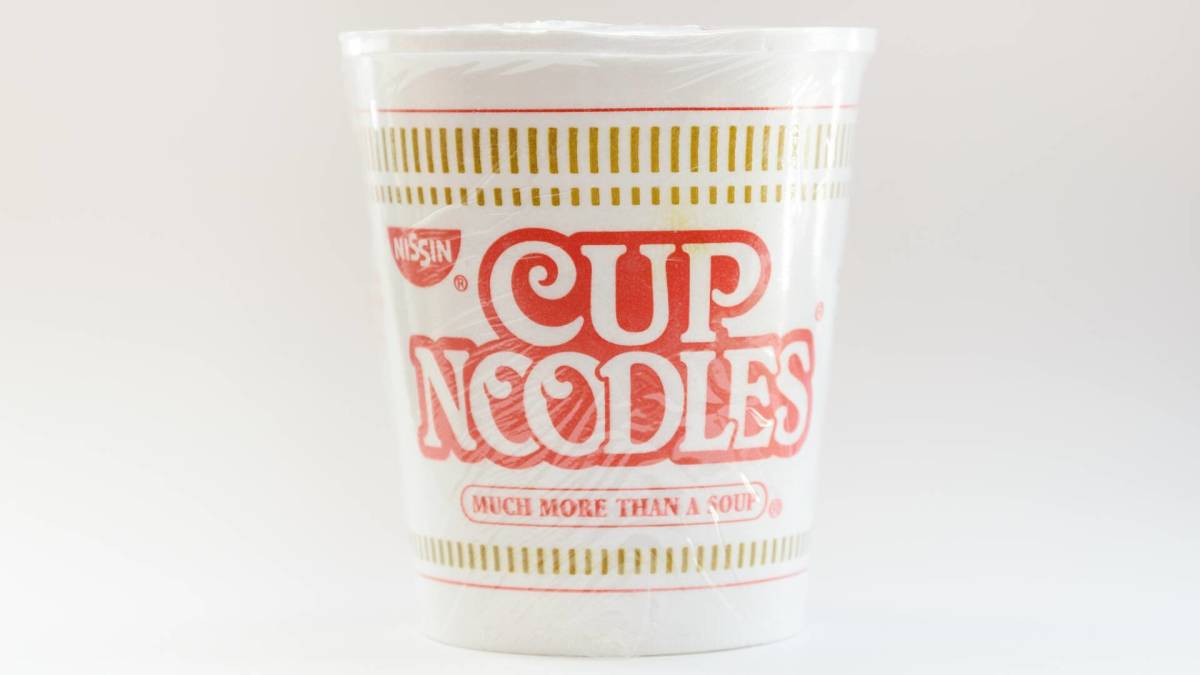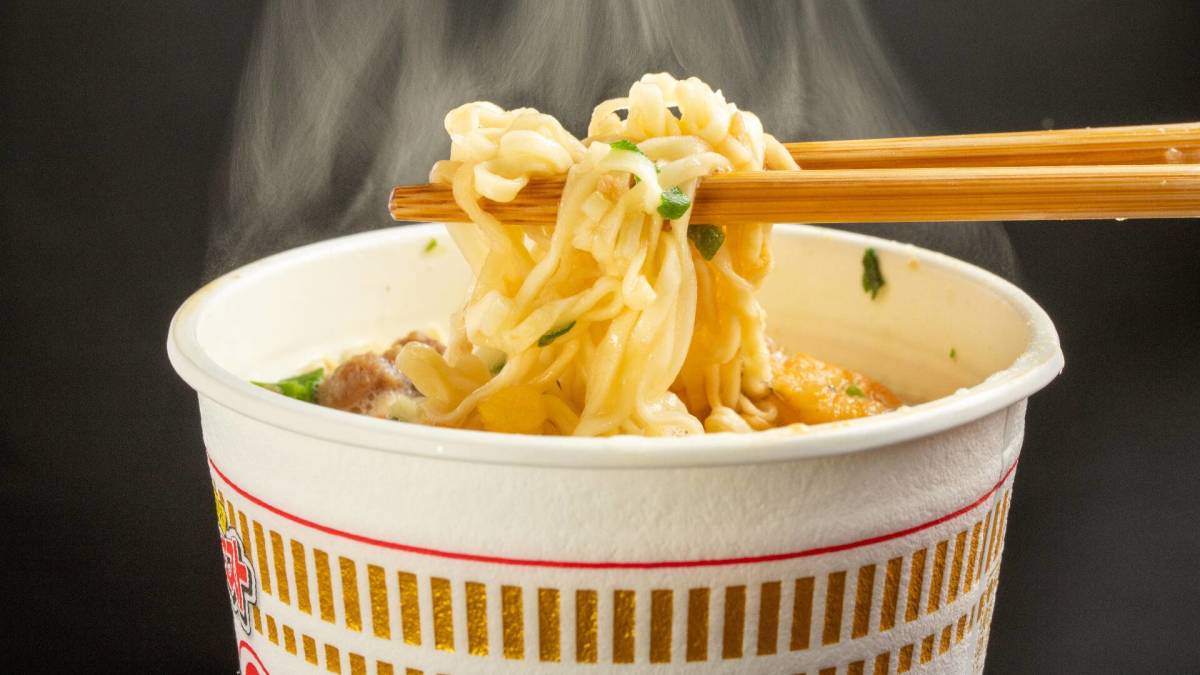
Over the last five years, instant noodles have made major leaps in shedding the association of cheap college food or exotic products from Asia toward a food available in many different (and increasingly fancy) flavors as well as a cooking staple that can be used in a wide range of dishes.
Founded out of Japan in 1971, the Nissin Foods (NFPDF) -)-owned Cup Noodles is one of the oldest ramen brands to be available in the U.S. market but has recently been catching a lot of attention through unconventional flavors, like the breakfast-themed pancakes, egg and maple syrup noodles or the super-spicy Hot & Spicy FIRE WOK Packets promoted with the help of the New York City Fire Department.
Related: Honest Review: I Tried the Pumpkin Spice Cup Noodles
Sean Silk, who heads marketing for Nissin, talked to TheStreet about the unique business challenges of continuing a well-loved and well-established brand while experimenting with new directions. The interview has been edited for length and clarity.

'Ramen is the biggest growth area within soup itself...'
TheStreet: How is instant ramen selling right now? Did you experience a boost in sales both during and in the aftermath of the pandemic (the instant noodle market is projected to grow from $54.60 billion in 2022 to $81.84 billion by 2029)?
The ramen category itself grew during covid because a lot of people were home and eating and things like that. What's impressive about it is that it's kept growing. It has kept growing even as prices and inflation have made their mark on the brands themselves. So the price of a packet of ramen is still under 50 cents which is very, very affordable but that is still more expensive than it was 10 years ago. And really what's happening is that from a unit and from a volume perspective, the ramen category continues to grow.
It used to be a small segment within the store but ramen is now the biggest growth area within soup itself. If you took the entire soup category and you parsed it between ramen and the rest of wet soup or premium soups or pouch soups or anything else like that, ramen has been really outgrowing the rest of the category. From where we sit, we think retailers should be giving ramen more space because that's really where the consumer is voting. They're voting with their feet and they're buying more and more ramen than ever.
More Food And Retail:
- Inside Chipotle's ambitious sports marketing strategy and its partnership with a Formula 1 team
- Taco Bell has a new value offer (with a catch)
- A classic kitchenware brand files for Chapter 11 bankruptcy
Over the last decade, many new instant noodle brands have hit the U.S. market. Do you see this as business competition or good for wider recognition of the product?
Silk: Both, I think. Certainly there are customers out there that are going to be like 'hey, I want to try out this new different company' and that does create some interest. But I would say that Nissin is doing very well in this environment and the way we look at it is that [competition] is creating more interest in ramen not less. The more people that are interested in ramen the better for us because, honestly, we think we're going to win in that scenario based on the quality of the products, the value they deliver and the different ways we deliver it.
There is also increased niche interest in very spicy products and brands that compete about how much "heat" they can pack. Is this something you've observed at Nissin?
I think what you put your finger on is that there are there are a lot of spicy options in what we would call the multicultural set of stores. FIRE WOK is one of those brands that we're bringing to what we would call the mainstream ramen audience. Spicy noodles are very popular in Vietnam, in a lot of Asian markets and as an international brand we've obviously done a lot of business in Vietnam and Japan and places where hot noodles are a big market. What we've done is apply that technology to what we're doing with FIRE WOK right now; the chili is infused into the noodles, the heat isn't brought by different packets. It's in the product itself.
'We want to get everybody eating ramen in as many ways as possible'
Do you expect instant noodles as a category to grow further away from its early reputation as cheap college food in the years to come? What else is in store for 2024?
The category started out as instant lunch in pillow packs. From the seventies until the aughts, that's pretty much what you got in the ramen category. Nissin kind of identified this and said "we are not winning this game so we want to bring new ideas and new technology to the ramen category." It's rare that you see a manufacturer launch a successful format like a pillow pack but then introduce it into a bowl or a tray or other different packaging formats. And now we're also going to launch spicy products and kind of go up that scale.
So we're really trying to bring more ideas more creatively to more people in different ways and the customers get a chance of moving away from ramen that's 33 cents a pack to something that's more profitable and varied. What we want to do is get everybody eating ramen in as many ways as possible and as frequently as possible, so we have to present it in different ways and give people different reasons and occasions to kind of bring it into their homes.







